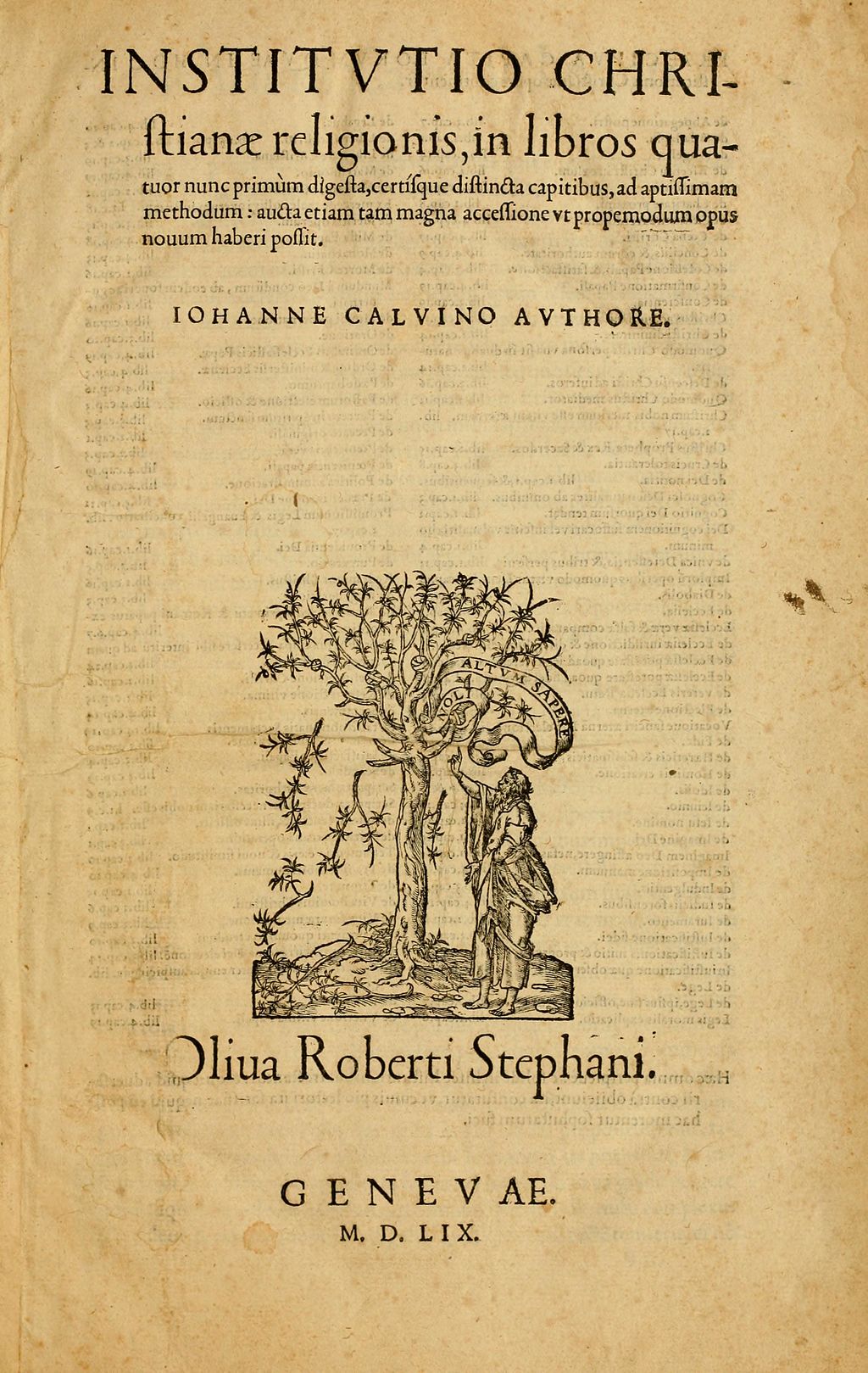The origins of this holiday are extremely captivating; the day as we know and celebrate took centuries to possess the current form it now has. Ironically, though the celebration of the day itself is rooted in Roman tradition, it is quite a Christian holiday.
The name “Valentine” (it means strong, respectful, powerful; this name is a Latin translation of “Valentinus,” (which is a Roman name) was immensely aggrandized in Antiquity, especially in Rome. According to Roman Catholic martyrology, there are nine saints who bear this name, all of whom were martyred. During the supremacy of the emperor Claudius, there was a Christian priest who was called Valentine that preached to Roman citizens and (secretly) married those folks who adopted the new faith. (Christianity had not been officially adopted by the Roman Empire yet.) At any rate, Claudius adopted a policy that young men who wished to serve in the Roman army could not be married; obviously, this did not sit well with Valentine, who continued his quest to Christianize the Roman Empire. When his actions were made aware to Claudius, he had Valentine executed on February 14th, in the year 270A.D.
According to various legends, Valentine was imprisoned for a time by Claudius before his execution in an endeavor to have him renounce his faith; he was subjected to brutal forms of punishment for not complying to the emperor’s wish. On certain occasions, a young Roman maiden would periodically visit him; Valentine was so captivated by her beauty that he cut out a “heart-shaped” piece from his clothing and signed it,” from your Valentine.” (Hence, this custom is still in use today.) On other occasions, from his prison cell, Roman citizens would often visit him predominantly because of his ability to perform miracles. He would often reach out from his jail cell window and lay hands on the sick and heal them; still, on another occasion, he was said to have resurrected a dead child that was brought before him. In any event, the citizens of Rome, because of the miracles associated with him, demanded he be released; Claudius would not have it so.
While his name continues to be associated with February 14th, some scholars have submitted the contention that this date was chosen for a more theological reason. Around this date (or time), the Roman festival of “Lupercalia” took place; this was a festival to honor the Roman god, Faunus, the God of agriculture, as well as to the mythical founders of Rome, Romulus and Remus. (See Virgil’s ancient epic poem, The Aeneid.) The festival would commence at a mystical cave where, according to Roman tradition, these two Roman founders were raised by a she-wolf. Here, the Roman priests would sacrifice a goat, for fertility, and a dog, for purification. The goat’s hide would then be cut into strips, dipped in sacrificial blood and taken into the streets; as a result, they would gently slap women with these hides trusting that it made them fertile in the coming Spring. Subsequently, all the unmarried women in Rome would have their names placed in a clay jar where available bachelors would choose a name and be paired with that woman; this would usually end in a marriage. Obviously, this pronouncement did not sit well with the early Church. So, to eradicate this kind of activity, the festival was replaced with the martyrdom of a (certain) Saint Valentine, on February 14th, placed in effect, by Pope Gelasius. However, it was not until much later that this day would become associated with love and romance.

During the Middle Ages, peasants believed that birds began to mate at this time of year. As a result of this idea, young peasant women began to “hunt” for men at this time of the season and began cutting “heart-shaped” valentines and giving them to the men of their desire. (Apparently, the custom of “cutting hearts” by Saint Valentine himself grew wide in popularity in medieval times, especially in England and France. However, the “heart-shape” itself dates to later medieval times; there is a suggestion among historians that the custom dates to Roman antiquity, possibly by Valentine himself, although no historical evidence supports this. Subsequently, the “heart-shaped” valentines we now send to each other was quite popular by the 13th century; hence, the custom is antique and accurately demonstrates the “True Love Never Dies” theme. The only HISTORICAL mention we have of Saint Valentine is in the medieval book of “The Golden Legend.” (This was the most popular work of the Middle Ages.) Here, this work mentions him converting many people to Christianity, performing marriage ceremonies, and working miracles. He is said to be passionately devoted to young people who fall in love and get baptized as “Soldiers of Christ.” The oldest known “written” valentine in existence today was a poem by Charles, Duke of Orleans, in 1415; he wrote it to his wife while imprisoned in the Tower of London following his capture during the Battle of Agincourt. (Shakespeare makes reference to this famous battle in his play, Henry V.)
Eventually, into modern times, the colors of pink and red would be adopted as the colors of love and romance, chiefly by the American contribution to the holiday. Throughout the centuries, many painters and poets venerated the God Cupid (God of love and desire), who would become an ardent symbol of Valentine’s Day for those unfortunates in their quest for love. According to Roman mythology, Cupid would shoot magical arrows (of those he SELECTIVELY chose) into people that were in want of affection and desire. He carried two types of arrows; ones that are of gold, and ones of lead. If you were shot with a gold arrow, you were uncontrollable in your desire for love; if you were shot with a lead arrow, you fled away from the person who was seeking you. (It is interesting to note that Cupid was an enemy of chastity.) In America exchanging Valentine’s began in the early 1700’s; in the 1840’s, a lady by the name of Esther A. Howland began “mass-producing” valentine cards. They were made from lace, ribbons and heart shapes that were strewn with colorful pictures that are known today as “scrap.” It is estimated that a billion valentine cards are sold annually in the United States alone. Happy Valentine’s Day!
© 2024, Mark Grago. All rights reserved.





